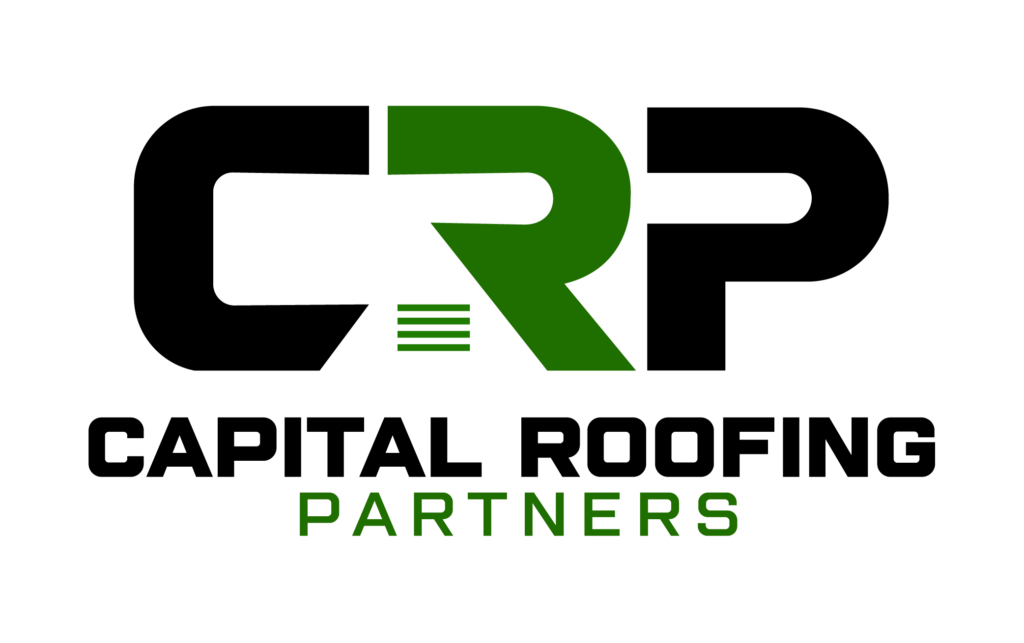When planning for a commercial roof installation, understanding the timeline and process involved can help your business manage expectations, minimize disruptions, and budget effectively. The typical timeframe for installing a new commercial roof ranges from one to eight weeks. However, the exact duration will depend on factors such as the size of the building, roofing materials, ordering and delivery time, and weather conditions.
Below, we’ll break down the key steps involved in a commercial roof installation, review factors that can impact the timeline, and share tips for ensuring the project goes smoothly.
Key Stages of a Commercial Roof Installation
Commercial roof installation is a multi-step process, each stage being integral to achieving optimal results. Here’s what you can expect and roughly how long each stage might take.
1. Initial Inspection and Consultation (1 to 3 Days)
The process begins with a detailed inspection of your existing roof by a professional contractor. The contractor will assess the roof’s condition, measure the space, and discuss your roofing needs and goals. These steps ensure your project begins with clear expectations.
2. Project Planning and Permitting (6 to 8 Weeks)
Once the consultation is complete, the contractor will develop a project plan detailing the scope, materials, and budget. During this stage, they’ll also secure any necessary permits for the installation. Permitting timelines can vary depending on local regulations, which can sometimes prolong this phase. In some areas, fire department approvals are also required—especially when skylights are involved.
3. Material Ordering and Delivery (3 to 4 Weeks)
Selecting high-quality materials is crucial for a durable commercial roof installation. Contractors now often face extended procurement timelines. Your contractor will order the necessary materials, which may take time to arrive, particularly if unique or specialty items are involved.
4. Installation of the New Roofing System (Up to 30+ Days)
The installation timeline depends on the size, type, and complexity of the roof. For larger commercial buildings—such as those around 100,000 square feet—installation can take 30 days or more. Simpler systems like flat single-ply roofs are generally faster to install, while more complex systems such as metal or tile can take longer due to their detailed installation requirements.
5. Final Inspection and Project Closeout (Approx. 1 Week)
After the roofing system is fully installed, the final stage includes pressure washing the surface to prepare it for inspection. A city inspector will then review the completed work to ensure it meets all local building codes and safety standards. Once approved, the project is officially closed out, and your business enjoys the benefits of a durable, weather-resistant roof.
Factors That Impact the Installation Timeline
While the above steps provide an estimate of how long a commercial roof installation might take, several factors can affect the overall timeline.
- Size and Complexity of the Building: Large or uniquely shaped buildings often require more time and materials. Complex architectural features, such as multiple slopes or skylights, can also extend the timeline.
- Type of Roofing System: Some materials are quicker to install, while others, such as metal or tile roofs, may take longer due to the intricacy of the installation process.
- Weather Conditions: Unpredictable weather, such as rain or high winds, can halt work temporarily. For this reason, many roofing projects use the phrase “weather permitting” in their timelines.
- Supply Chain Issues: Global supply chain disruptions can sometimes delay the procurement of roofing materials. Partnering with contractors who can source materials efficiently is crucial for staying on schedule.
- Permit Approval Times: Securing permits from local authorities can vary by region. Delays in the permitting process can push back project start dates.
- Change Orders or Unexpected Repairs: Unforeseen challenges, such as discovering structural issues during preparation, may require additional work, affecting the project timeline.
When Do You Need a New Commercial Roof?
A new commercial roof installation is necessary when the existing one shows significant signs of wear (such as persistent leaks, pooling water, and extensive damage to roofing materials), indicating that repairs are no longer enough. Additionally, aging roofs nearing the end of their lifespan are more prone to structural issues, which can compromise safety and energy efficiency.
Investing in a new roof not only resolves immediate problems but also enhances the overall integrity of the building. Addressing roofing issues promptly helps avoid costly disruptions and ensures the building remains a safe and functional space for years to come.
Take the Next Step with Capital Roofing Partners
Is your business ready for a commercial roof upgrade? At Capital Roofing Partners, we specialize in professional re-roofing and repair services designed to meet your unique needs. Our certified experts streamline the process from start to finish, ensuring your roof investment delivers maximum value.
Contact us today to book a free consultation and start your commercial roof installation project with confidence.


